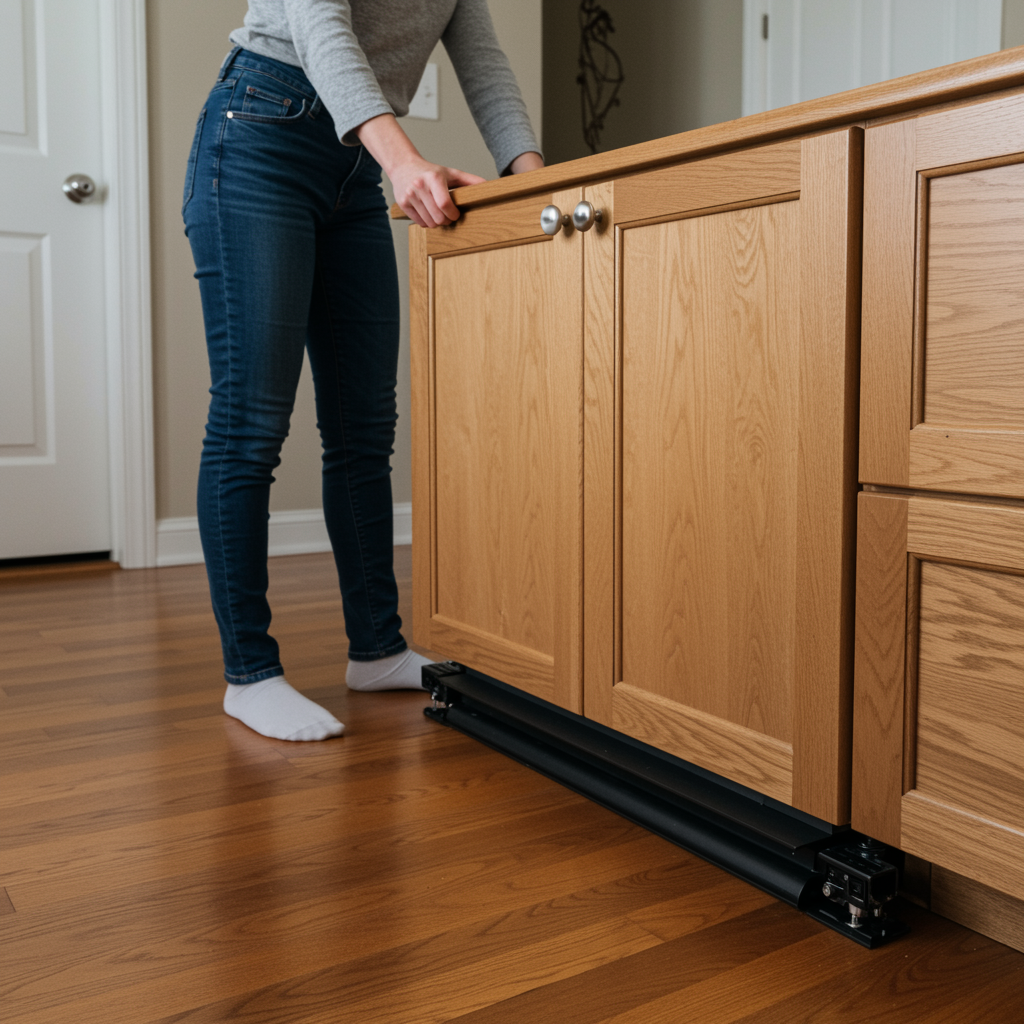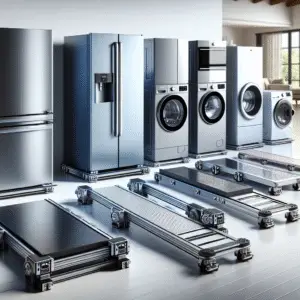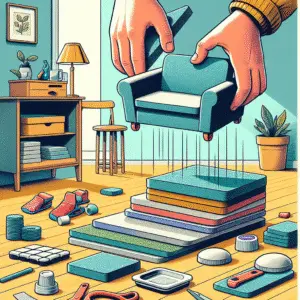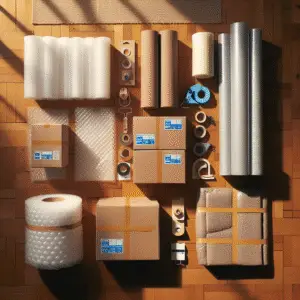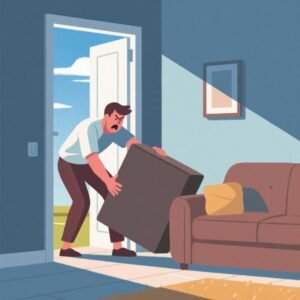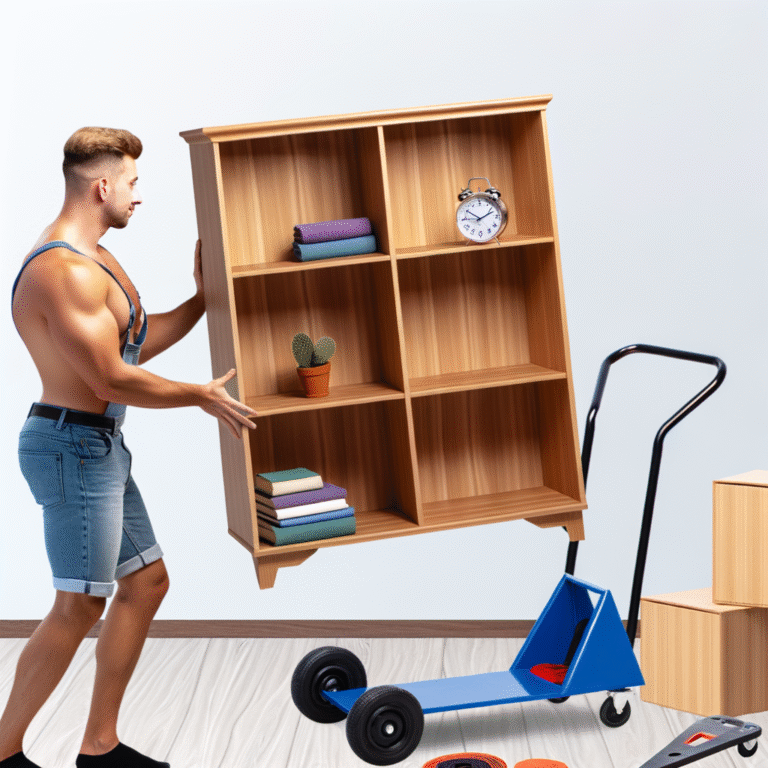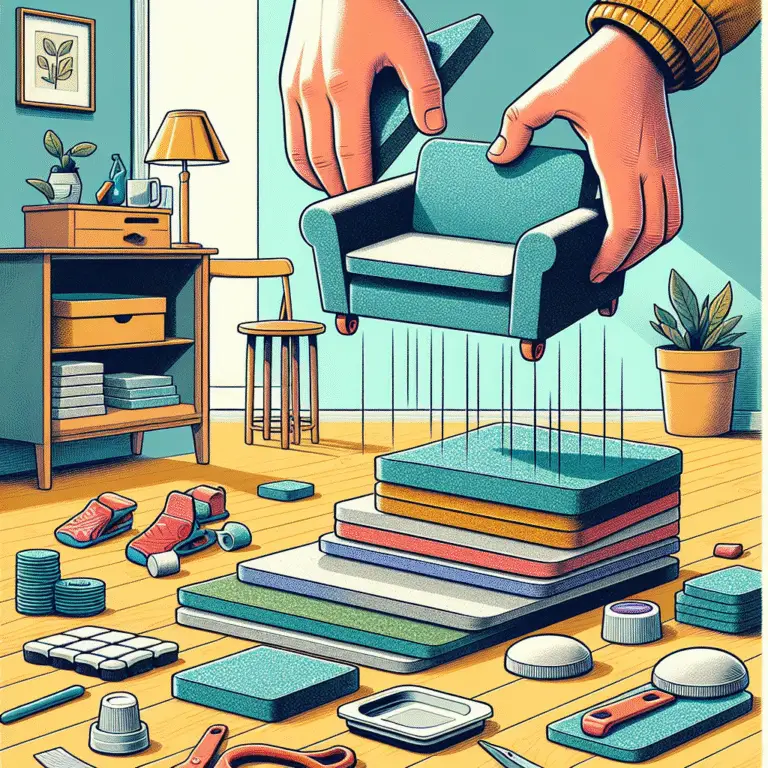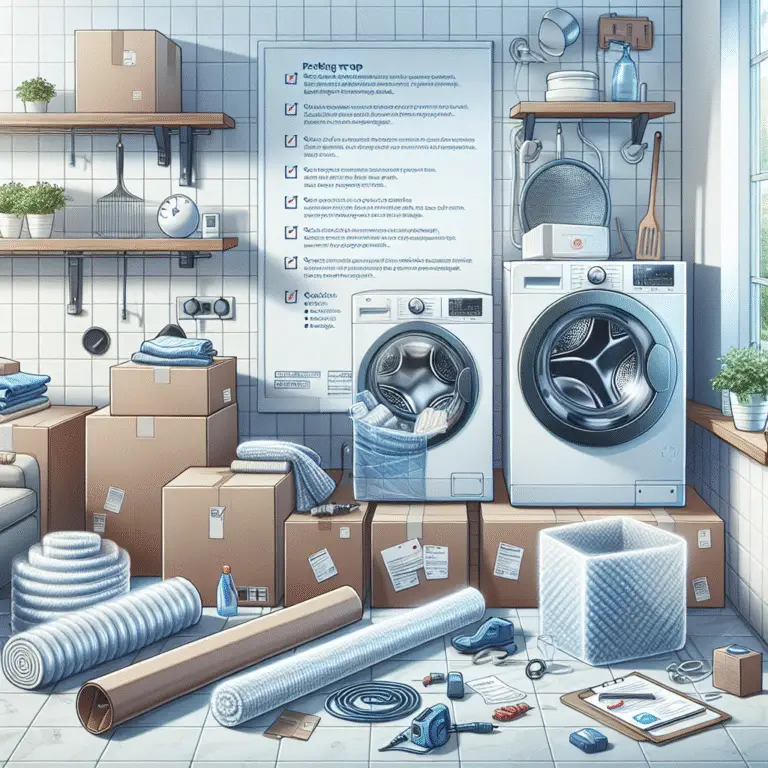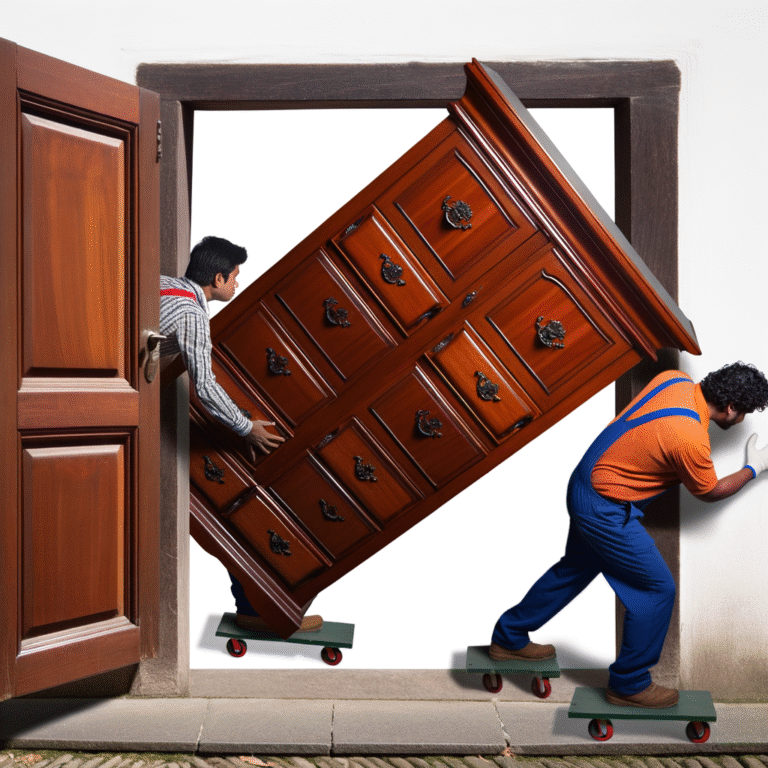Don’t Ruin Those Hardwood Floors!
Best Furniture Sliders for Hardwood Floors: Protect Your Investment While Moving Heavy Items
Why Hardwood Floor Protection Is Critical
Moving furniture across hardwood floors without proper protection can cost you thousands in repairs. The right furniture sliders not only preserve your beautiful floors but make moving heavy items 90% easier and safer for your back.
Hardwood floors are a significant investment that can increase your home’s value by thousands of dollars. However, they’re also vulnerable to scratches, dents, and gouges from furniture legs and heavy appliances. Whether you’re rearranging rooms, deep cleaning, or preparing for a move, furniture sliders are essential tools that protect your floors while making the job dramatically easier.
1Understanding Furniture Slider Types (Materials & Design)
Felt Sliders – The Hardwood Floor Champion
Felt furniture sliders are the gold standard for hardwood floors. Made from high-quality wool or synthetic felt, these sliders create a soft barrier between furniture legs and your floor surface. They glide smoothly without scratching and are ideal for permanent furniture placement since they can be left attached indefinitely.
Plastic/PTFE Sliders – Maximum Glide Power
PTFE (Teflon) sliders offer the smoothest gliding action, making them perfect for moving extremely heavy furniture like pianos, refrigerators, or solid wood dining sets. However, they require more careful use on hardwood to prevent over-sliding and should primarily be used for temporary moving rather than permanent placement.
Rubber Sliders – Multi-Surface Protection
Rubber sliders provide excellent grip and cushioning, making them suitable for furniture that needs to stay put while still offering protection. They’re particularly useful for office chairs, bar stools, and other items that need controlled movement without sliding too freely.
Always test a small, inconspicuous area first when using any new slider type. Different hardwood finishes may react differently, and this simple test can prevent costly mistakes.
2Top-Rated Furniture Sliders for Hardwood Floors
Premium Choice: SuperSliders 4-in-1 Multi-Surface Kit
This comprehensive kit includes both felt and PTFE sliders in multiple sizes, making it perfect for any furniture moving scenario. The felt sliders are made from high-grade wool felt that won’t compress over time, while the PTFE sliders can handle furniture up to 400 pounds per slider. The adhesive backing creates a permanent bond that won’t shift during use.
Budget-Friendly: Furniture Sliders X-Protector Premium Kit
Offering excellent value without compromising quality, this kit provides 133 pieces in various sizes to handle any furniture protection need. The felt pads are thick enough to cushion heavy furniture while the rubber grips ensure furniture stays in place once positioned.
Heavy-Duty Option: EZ Moves Professional Furniture Sliders
Designed for professional movers, these industrial-strength sliders can handle furniture weighing up to 800 pounds each. The curved design distributes weight evenly, preventing pressure points that could dent hardwood floors. Perfect for moving appliances, safes, and massive furniture pieces.
Reusable Champion: Furniture Sliders Moving Kit by Hardwood Helpers
These innovative sliders feature a unique cup design that fits under furniture legs without adhesive, making them completely reusable. The felt bottom provides excellent hardwood protection while the low-friction top allows for smooth movement in any direction.
Sizing Guide for Furniture Sliders
- Small (1/2″ – 3/4″): Chair legs, small table legs, decorative furniture
- Medium (1″ – 1.5″): Dining chairs, coffee tables, nightstands
- Large (2″ – 3″): Sofas, dressers, bookcases, dining tables
- Extra Large (3″+ or specialty shapes): Pianos, refrigerators, heavy appliances
- Always choose sliders slightly larger than the furniture leg for maximum protection
3Installation and Usage Techniques
Proper Installation for Adhesive Sliders
Clean the furniture leg thoroughly with isopropyl alcohol to remove any dirt, wax, or polish that could prevent adhesion. Allow the surface to dry completely before applying the slider. Press firmly for 30 seconds and allow 24 hours for full adhesion before moving furniture. This patience ensures the slider won’t shift or fall off during use.
Safe Moving Techniques
Never attempt to slide furniture with someone sitting on it or with drawers full of items. Always lift slightly to reduce pressure on the floor while sliding, and move in straight lines when possible. For heavy pieces, recruit help and coordinate your movements to prevent sudden jerking that could damage floors or strain your back.
Temporary vs. Permanent Solutions
For furniture you move regularly, invest in high-quality permanent sliders that can withstand repeated use. For one-time moves or rearranging, temporary sliders or furniture dollies may be more cost-effective. Consider your long-term needs when choosing between adhesive and non-adhesive options.
Special Considerations for Different Hardwood Types
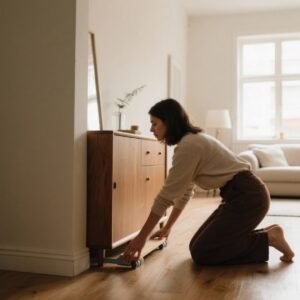 Engineered vs. Solid Hardwood
Engineered vs. Solid Hardwood
Engineered hardwood floors often have thinner wear layers that are more susceptible to damage from heavy furniture. Use extra caution and consider softer felt sliders over harder PTFE options. Solid hardwood can typically handle more aggressive slider materials but still benefits from proper protection.
Prefinished vs. Site-Finished Floors
Prefinished floors often have harder, more durable factory finishes that can handle PTFE sliders better. Site-finished floors may have softer polyurethane finishes that require gentler felt sliders to prevent scratching or dulling of the finish.
Exotic and Soft Wood Species
Softer woods like pine or fir require extra protection, while extremely hard woods like Brazilian cherry can handle heavier-duty sliders. Always research your specific wood species’ hardness rating (Janka scale) to choose appropriate protection levels.
Common Furniture Slider Pitfalls
- Using Tennis Balls: While popular, tennis balls can leave marks on hardwood and provide inconsistent protection. Invest in proper sliders for better results.
- Wrong Size Selection: Sliders that are too small concentrate weight and can cause denting. Always choose sliders that fully cover or exceed the furniture leg footprint.
- Ignoring Weight Limits: Exceeding slider weight ratings can cause them to compress or fail, potentially damaging floors. Check specifications carefully.
- Moving Loaded Furniture: Never slide furniture with drawers full of items or people sitting on it. This dramatically increases weight and instability.
- Sliding on Dirty Floors: Debris can get trapped under sliders and scratch floors. Always clean thoroughly before moving furniture.
Keep a furniture slider maintenance kit: replacement sliders, adhesive remover, microfiber cloths, and isopropyl alcohol. Regular maintenance ensures optimal protection and performance.
4Maintenance and Replacement Guidelines
When to Replace Furniture Sliders
Inspect sliders monthly for signs of wear, compression, or damage. Felt sliders should be replaced when they become thin, hard, or show signs of debris buildup. PTFE sliders need replacement when they show scratches, cracks, or lose their smooth surface. Don’t wait for complete failure – preventive replacement protects your investment.
Cleaning and Care
Clean felt sliders with a soft brush to remove accumulated debris. PTFE sliders can be wiped clean with a damp cloth. Avoid harsh chemicals or abrasives that could damage the slider material. Regular cleaning extends slider life and maintains optimal floor protection.
Storage and Organization
Keep spare sliders in various sizes readily available for quick replacements. Store them in a cool, dry place away from direct sunlight to prevent adhesive degradation. Having replacements on hand prevents emergency situations where you need to move furniture without proper protection.
Annual Hardwood Floor Protection Checklist
- Inspect all furniture sliders for wear and compression
- Replace any damaged or worn sliders immediately
- Clean debris from under furniture and sliders
- Verify weight ratings match current furniture loads
- Stock up on replacement sliders in commonly used sizes
- Check adhesive integrity on permanent installations
- Document floor condition to track protection effectiveness
Protect Your Hardwood Investment Today
Your hardwood floors represent thousands of dollars in home value and years of beauty. The small investment in quality furniture sliders pays for itself the first time you avoid a costly scratch or dent.
Don’t gamble with your floors. Whether you’re planning a major move, seasonal furniture rearranging, or simply want ongoing protection, choosing the right furniture sliders ensures your hardwood floors maintain their beauty and value for decades to come.
Ready to move with confidence? Invest in quality furniture sliders today and never worry about floor damage again. Your future self will thank you every time you look at those pristine hardwood floors!

